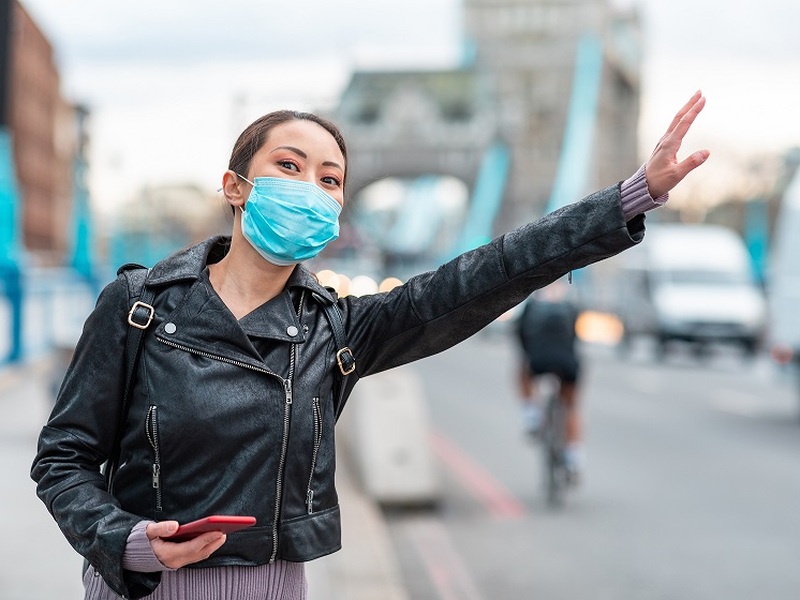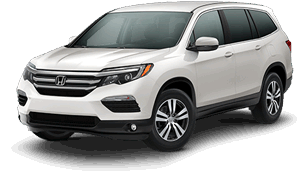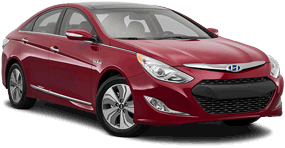Ride-sharing looks vastly different today than it did just a few months ago. COVID-19 has slashed ridership for companies like Lyft and Uber, and safety measures such as mask requirements have been added to protect drivers and passengers. As states reopen, navigating the safety and convenience of ride-share will be more challenging than ever. Will there be enough drivers available to get you where you need to go? How much of a risk is it to ride-share? And as a driver, should you continue to pick up passengers? Here's the latest on the status of ride-sharing to help you make the best choice whether you drive or ride as a passenger.
Latest Reports Show Riders Aren't Ready to Return
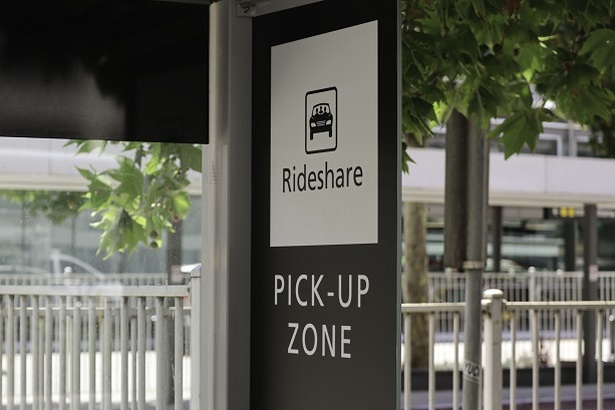
In a survey of Americans back in May, over half reported that they were uncomfortable using ride-share services and a quarter responded that they will not use them again in the future. Now, as many states are reopening, the sentiment of riders has not changed much. According to a recent CarGurus survey, 39% of respondents who previously used ride-sharing, and 44% of those who previously used public transportation expect to decrease their use of these services or stop using them entirely. Out of this group, 58% say they will use their personal vehicles more as a result.
Another ride-share survey by ADT echoed these concerns with about 58% of respondents who identified feeling moderately or extremely worried about using ride-sharing services because of COVID-19, and another 36% were slightly or somewhat worried. Only 6% of respondents reported not being at all worried about the safety of ride-share during the pandemic.
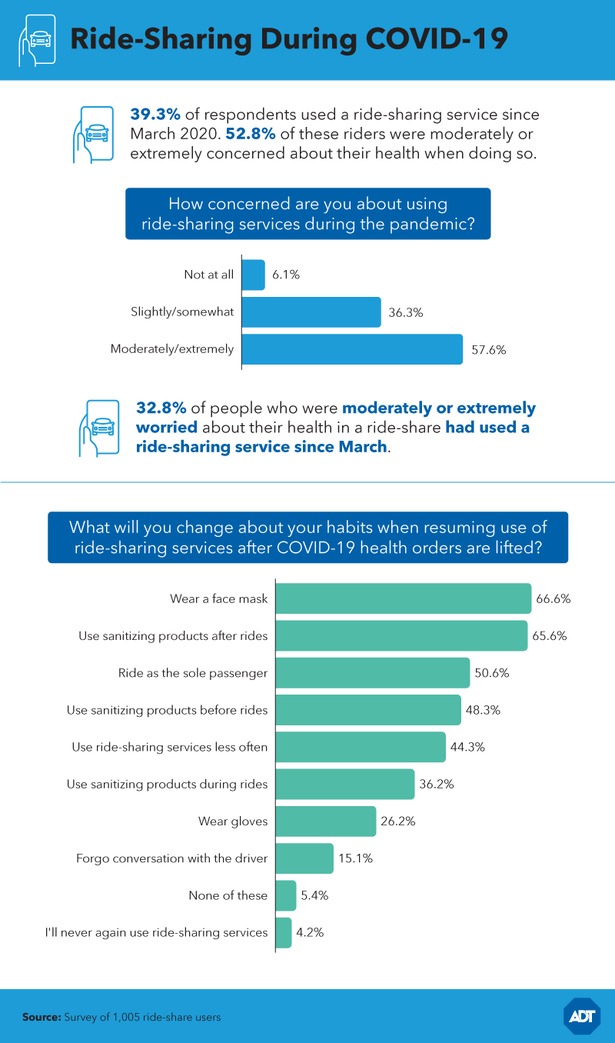
Some Drivers Shift to Food Delivery
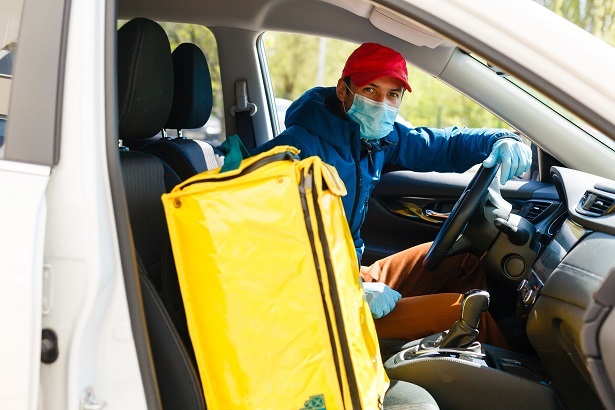
Ride-share passengers aren't the only ones experiencing anxiety. Drivers for Uber and Lyft are dealing with reduced income due to lower ridership along with the concerns of the virus itself.
Even though passengers and drivers of Uber and Lyft are required to wear face masks, some drivers report that passengers take off the masks in the middle of the ride and refuse to put them back on. Masks are on the list of safety measures for ride-share recommended by the CDC, in addition to sanitary measures and social distancing guidelines.
As a result of the reduced income and threat of COVID-19, some ride-share drivers are switching to food delivery services like UberEats so they can avoid passengers in their vehicles entirely.
Lyft Installs Partitions to Ease Concerns
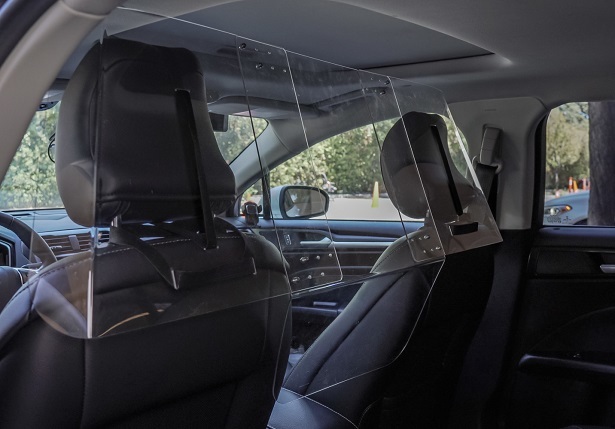
In an effort to alleviate some of the fears for both drivers and passengers, Lyft has expanded its COVID-19 safety efforts by rolling out partitions for drivers to install in their vehicles. Partitions are recommended by the CDC to maintain distance between the driver in the front seat, and the passenger in the back. Lyft started the initiative by offering free partitions to its most frequent drivers in Atlanta, Denver and Baltimore, and has since expanded to Washington, D.C., Los Angeles, Seattle, Boston, Phoenix, Dallas and New York City.
According to Lyft's website: "In the next month, we will have made tens of thousands of partitions available to U.S. drivers for free, with the goal of providing 50% ride coverage in these markets. We plan to expand to a total of 30 regions and provide partitions to a total of 60,000 drivers in the coming months". Drivers will soon be able to purchase a partition through the Lyft Store at cost with no markup.
What Does the Future Hold?
How the future of ride-share post-COVID-19 plays out is anyone's guess, but based on customer surveys and the industry's main sources of business, it may be a long time before Uber and Lyft are able to bounce back. As ABC 7 News reported in the above video, the three main sources of ridership include major events, tourism, and commuters. Although some offices are reopening to employees, tourism and big events like festivals and conventions are all largely on hold.
In ADT's survey, only 25.1% of respondents said they were 'moderately to extremely likely' to use ride-shares in the future, 59% reported they are just slightly or somewhat likely to go back to ride-sharing services, and 16% have sworn off ride-share entirely. ADT also found that riders will feel more comfortable using services like Uber and Lyft in the future if precautions like masks, sanitation between riders, and partitions are enforced.
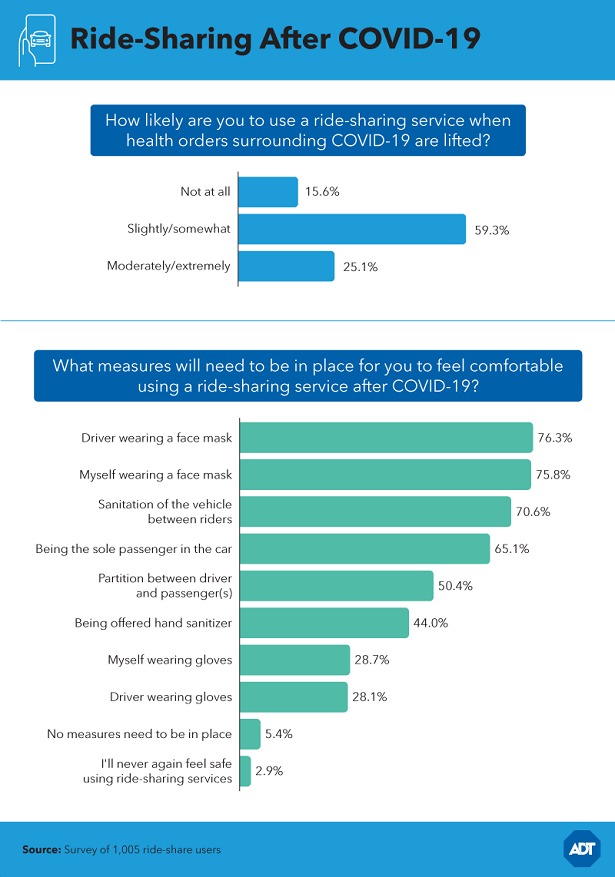
Image: ADT
The implications of COVID-19 impact both drivers and passengers of the major ride-sharing services. Drivers can expect reduced demand for rides in the foreseeable future, while riders may have difficulty finding an available Lyft or Uber as drivers switch to food delivery or stop working for ride-share entirely.
